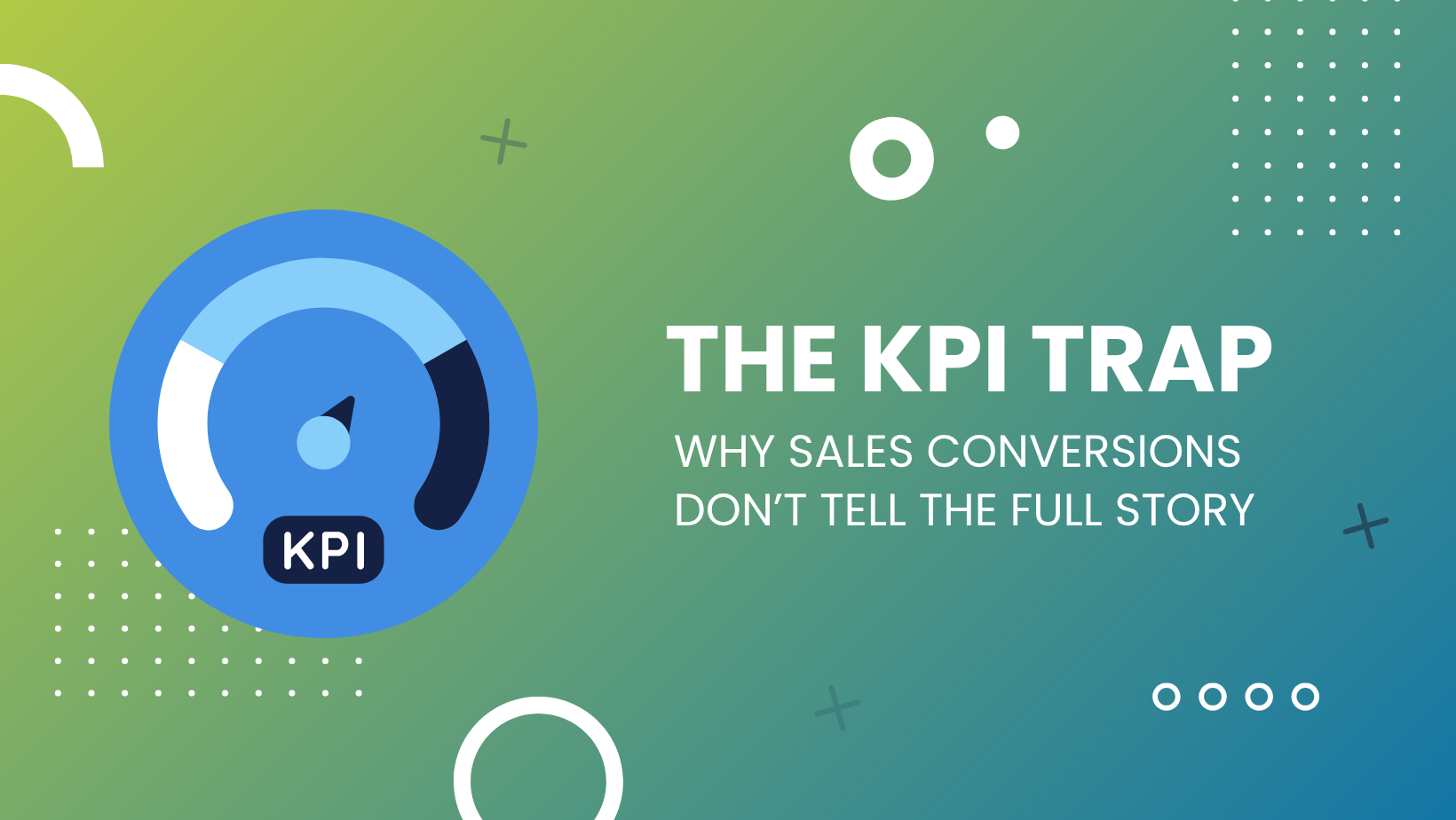Rebranding 101: Signs it’s Time for a Rebrand & How to do it

BBG&G recently went through a rebranding to kick off our 25th year. Our motives behind it were simple: it was time. We essentially had the same logo since our founding in 1997, but our services, skillset, and market had expanded exponentially. We noticed that our competitors were taking a more modern approach to their image. Also, we wanted to reach a new customer base.
If you’re falling behind competitors or struggling to reach consumers, rebranding might be the solution. But before you start, it’s important to know the basics.
Rebranding involves creating a new perception or identity for your brand. Rebranding your business may involve a combination of changes designed to influence how consumers, competitors, and investors see and feel about your company.
- Adopting a new name
- Designing a new brand image
- Updating your logo
- Developing new messaging and taglines
- You are indistinct from the competition
- Times have changed, but your brand hasn’t
- You’ve grown into new markets and a new customer base
- A negative image is affecting your brand reputation
- Changes in leadership or major events like mergers and acquisitions have occurred
- Your identity is inconsistent or confusing to your audience
- Knowing the reason behind your rebrand
- Understanding your corporate values and mission
- Crafting a rebranding strategy around organizational principles and goals
- Conducting in-depth assessments of your position in the marketplace and your competitors
- Assembling the team(s) you can trust to reposition your company effectively
- Objective. When you have a clear objective, it’s much easier to avoid alienating your stakeholders and work toward meeting your objectives.
- Competition. Research your competition to build an impactful rebranding strategy.
- Audience. Set aside time to understand your audience and build a customer profile.
- Mission. A clear mission statement helps put your rebranding efforts into focus.
- Necessary changes (and things that can stay). Weigh the costs/benefits of changing each element carefully before you get started.
- Design team. Choose an experienced designer to bring your rebranding ideas to life.
- New branding announcement. Develop a strategy for unveiling your new branding to control the narrative and get people excited.
It might seem daunting to rebrand your company or organization, but high-quality branding can make a large impact. According to smallbizgenius, presenting a brand consistency across all platforms can increase revenue by up to 23%. Not sure if it’s time for a rebrand? Reach out to us for more information on how to get started.
By Kayla, Account Manager & Strategist | August 31, 2021




